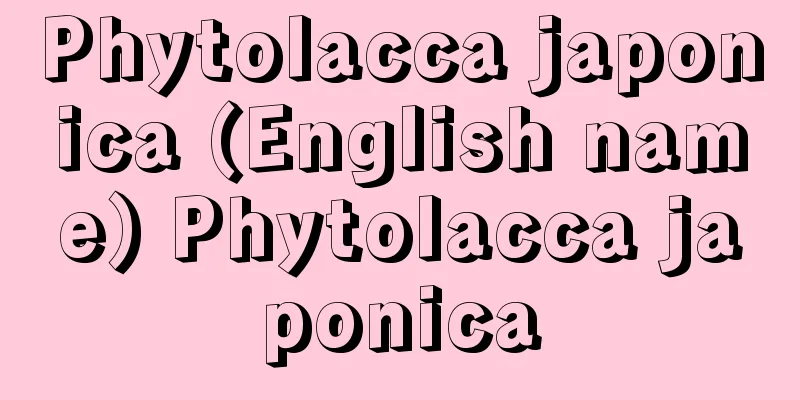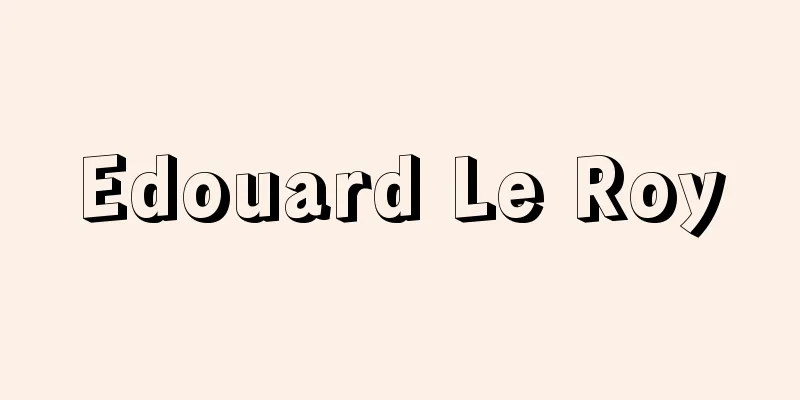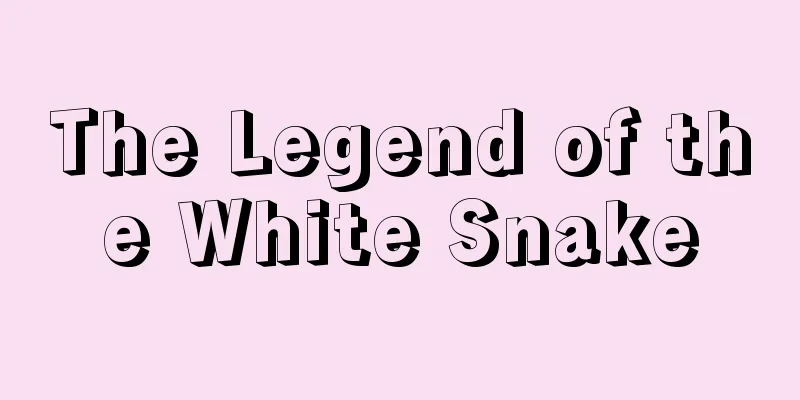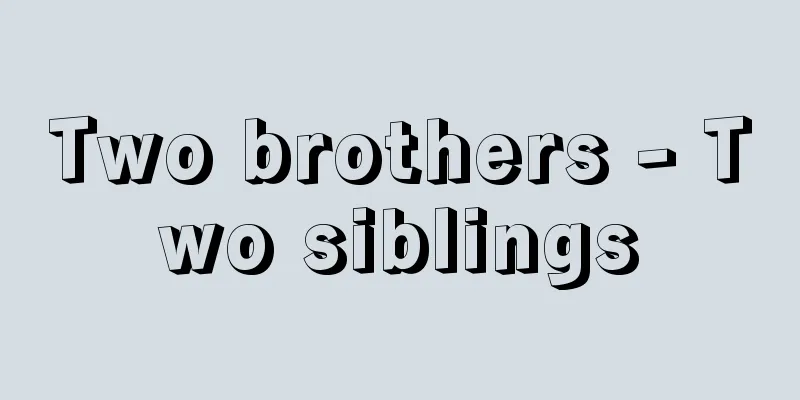Neurasthenia

What kind of disease is it? (historical meaning) This syndrome was named by the American physician Baird in 1880 and affected a generation of However, this diagnosis can be found in ICD10 (World Health Organization "International Classification of Diseases, 10th Revision"). According to this, the main symptoms are either 1) a persistent complaint of increased fatigue after mental effort, or 2) a persistent complaint of physical weakness or exhaustion after minimal effort, and specific symptoms include dizziness, tension headaches, sleep disorders, a feeling of restlessness, irritability, and indigestion. The outline is unclear, Introduction to JapanBaird coined the term neuro (nerve) and asthenia (asthenia = weakened state) to describe this condition. At the time in the United States, urbanization and industrialization were progressing, and he believed that this condition was occurring frequently among workers. This concept was imported to Japan as is, and gained many supporters. Changes in temperature and rest were recommended as treatments, while tonic treatments such as injections were also used, but neither of these proved to be a definitive cure. Among them, Shoma Morita (1874-1938) found a powerful side to this nervous breakdown (a strong "desire for life" leading to hypersensitivity to physical and mental disorders), According to the US diagnostic criteria, The DSM IV (Diagnostic Manual of Mental Disorders, 4th Edition), which is used as frequently as the ICD10, does not have an item for neurasthenia. The fact that the name does not remain in the diagnostic criteria created in Baird's home country suggests the fate of this diagnosis. Treatment involves the use of medication and psychotherapy, either alone or in combination. Susumu Maruyama Source: Houken “Sixth Edition Family Medicine Encyclopedia” Information about the Sixth Edition Family Medicine Encyclopedia |
どんな病気か(歴史的な意味合い) 1880年に米国の医師ベアードが命名した症候群で、一世を しかしICD10(世界保健機関「国際疾病分類第10版」)では、この診断名がみられます。これによると主症状は、①精神的努力のあとの疲労の増大についての持続的な訴え、②あるいはわずかな努力のあとの身体的な衰弱や消耗についての持続的な訴えのどちらかがあることで、具体的症状としては、めまい、筋緊張性頭痛、睡眠障害、くつろげない感じ、いらいら感、消化不良などがあります。 輪郭が不鮮明で、 日本への導入ベアードは、この病態をノイロ(神経)+アステニー(無力=衰弱状態)の複合語として案出しました。当時の米国では都市化・工業化が進み、労働者のなかにこの状態が多発しているとしました。この概念はそのまま日本に輸入され、多くの支持者を得ました。治療としては転地や安静が推奨され、一方で注射などによる強壮療法が行われましたが、いずれも決定的な治療法になりませんでした。 そのなかで森田正馬(1874~1938)は、この神経衰弱のなかに強力性(「生の欲望」が強いために心身の不調に過敏になる)の面を見いだし、 米国の診断基準では ICD10と同様によく用いられるDSMⅣ(米国精神医学会「精神疾患の分類と診断の手引き第4版」)では、神経衰弱の項目はありません。ベアードの母国でつくられたこの診断基準にその名をとどめないということは、この診断名の命運を暗示しているといえます。この診断名は、 治療には薬物療法と精神療法が、単独または重複して用いられています。 丸山 晋 出典 法研「六訂版 家庭医学大全科」六訂版 家庭医学大全科について 情報 |
<<: Cardiac index - Shinkeisuu (English spelling) Cardiac index
>>: Neuropsychology - Shinkeishinrigaku
Recommend
Pholcidae
...The spider wraps the eggs in silk and holds th...
Yaita (English spelling) sheet pile
A type of civil engineering construction material...
Gyeongju
An ancient city in the southeastern part of North ...
Copiapó (English spelling)
A city in north-central Chile. It is located about...
Dhahrān - Daharan (English spelling)
A city in northeastern Saudi Arabia facing the Ar...
beyond a reasonable doubt
…Furthermore, a defendant cannot be found guilty ...
mu'min (English spelling) mumin
...It is generally accepted today that Islam mean...
Kokufu (English spelling) national wealth
Roughly speaking, national wealth is the accumula...
Arame (fish) - Arame
...A freshwater fish of the Cyprinidae family (il...
Ganassi, S. (English spelling) GanassiS
…On the other hand, as a solo instrument, it bega...
Amara - Amara
...This practice is said to have demonstrated the...
Business owner (China) - gyoshu
…From the late 11th century to the land reforms o...
Dow Chemical Co.
America's second largest diversified chemical ...
Coal storage - Chotan
〘 noun 〙 The act of storing coal or charcoal. Also...
Franz von Papen
Born: October 29, 1879, Werl, Westphalia Died: May...



![Daito [city] - Daito](/upload/images/67cc18dd7e854.webp)





